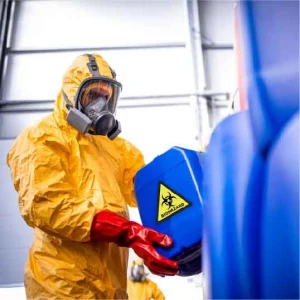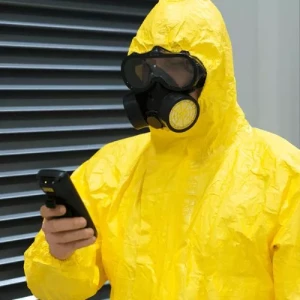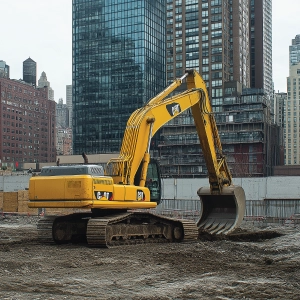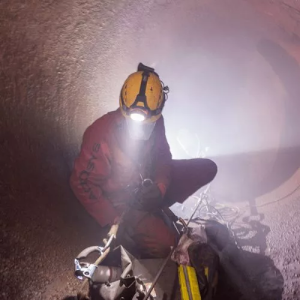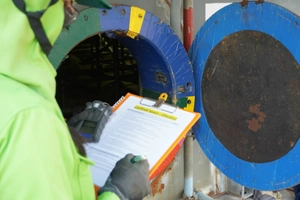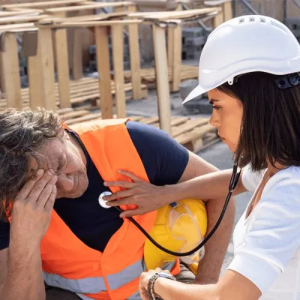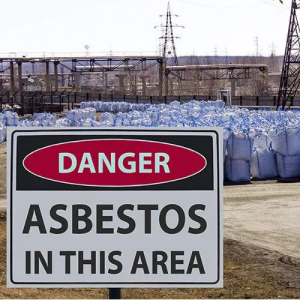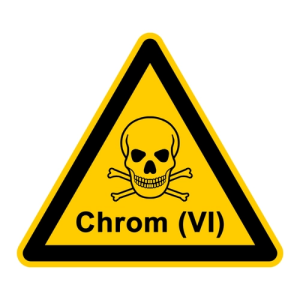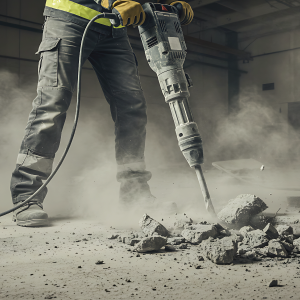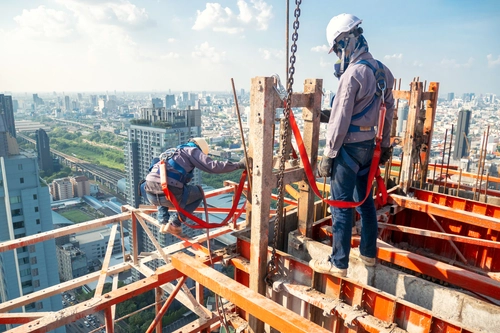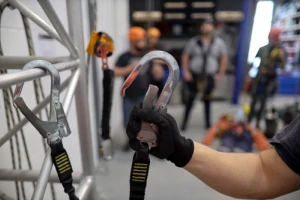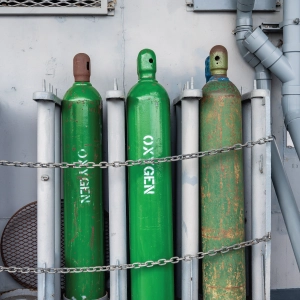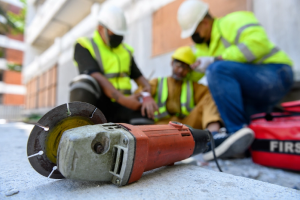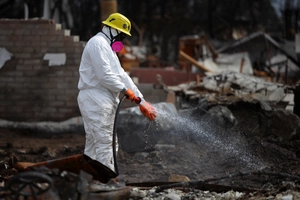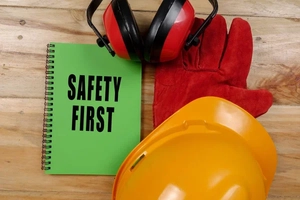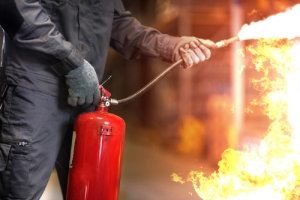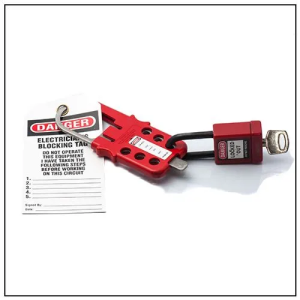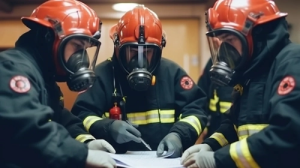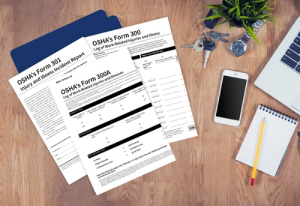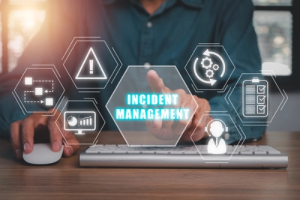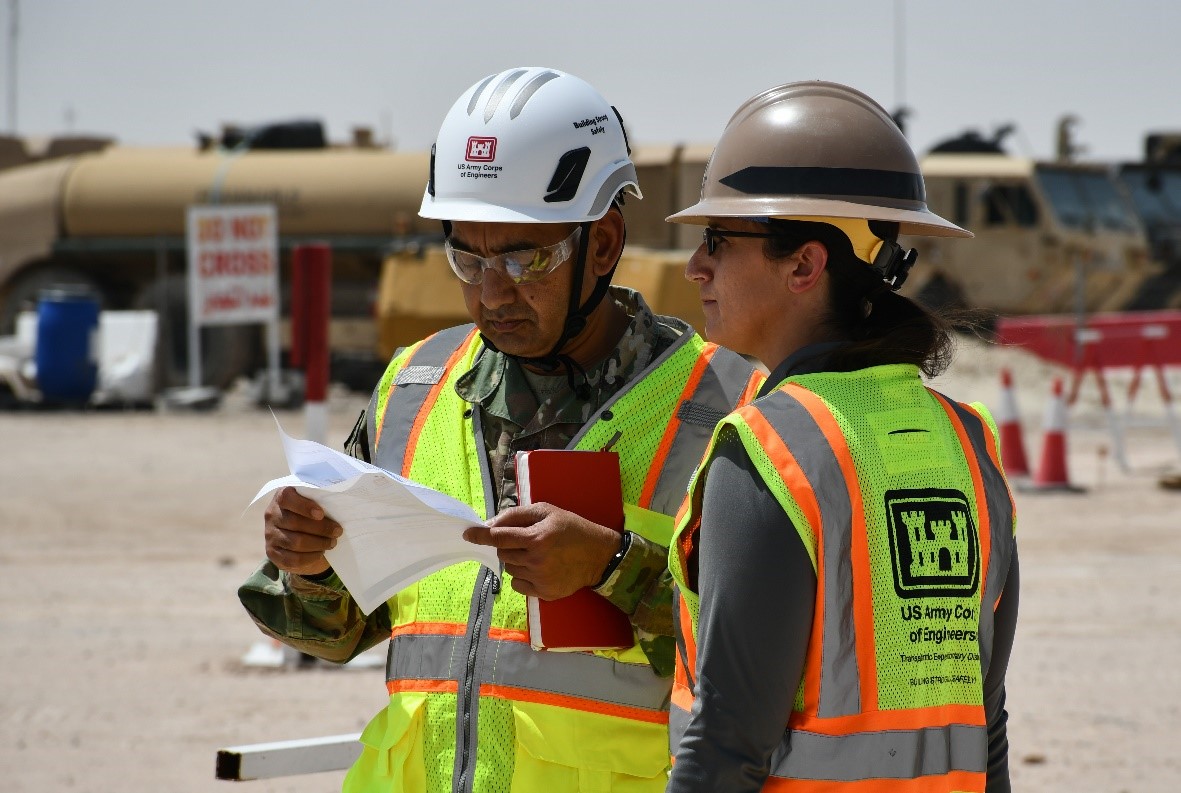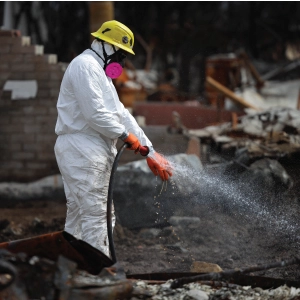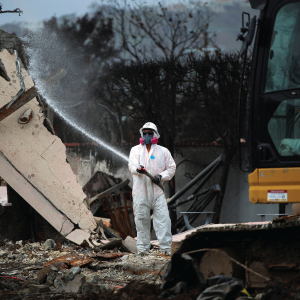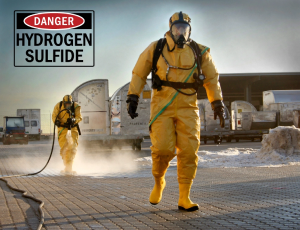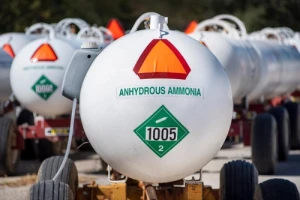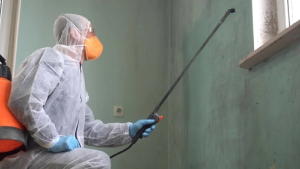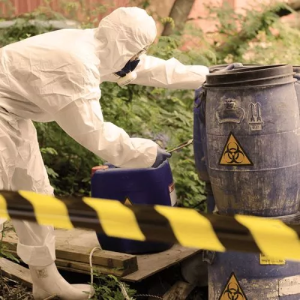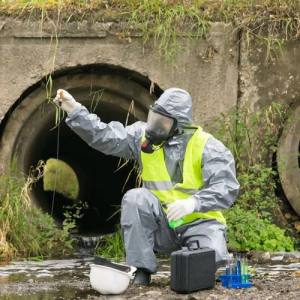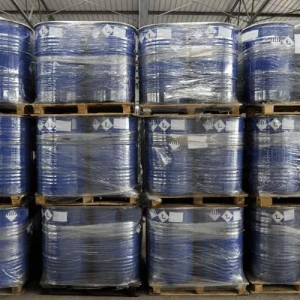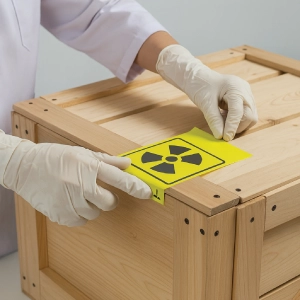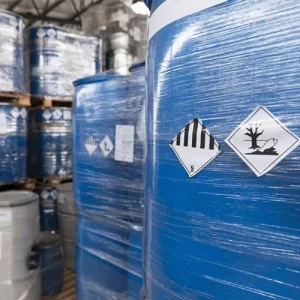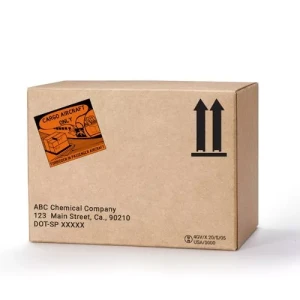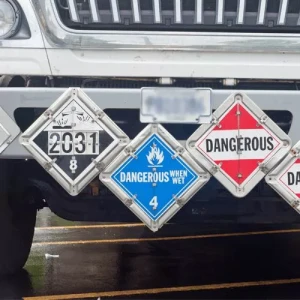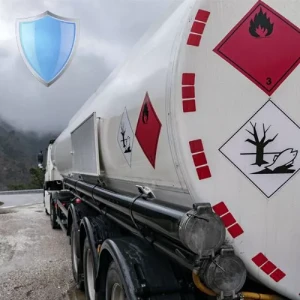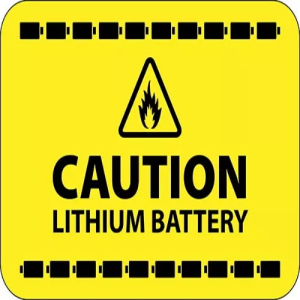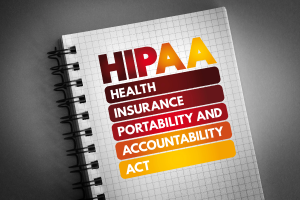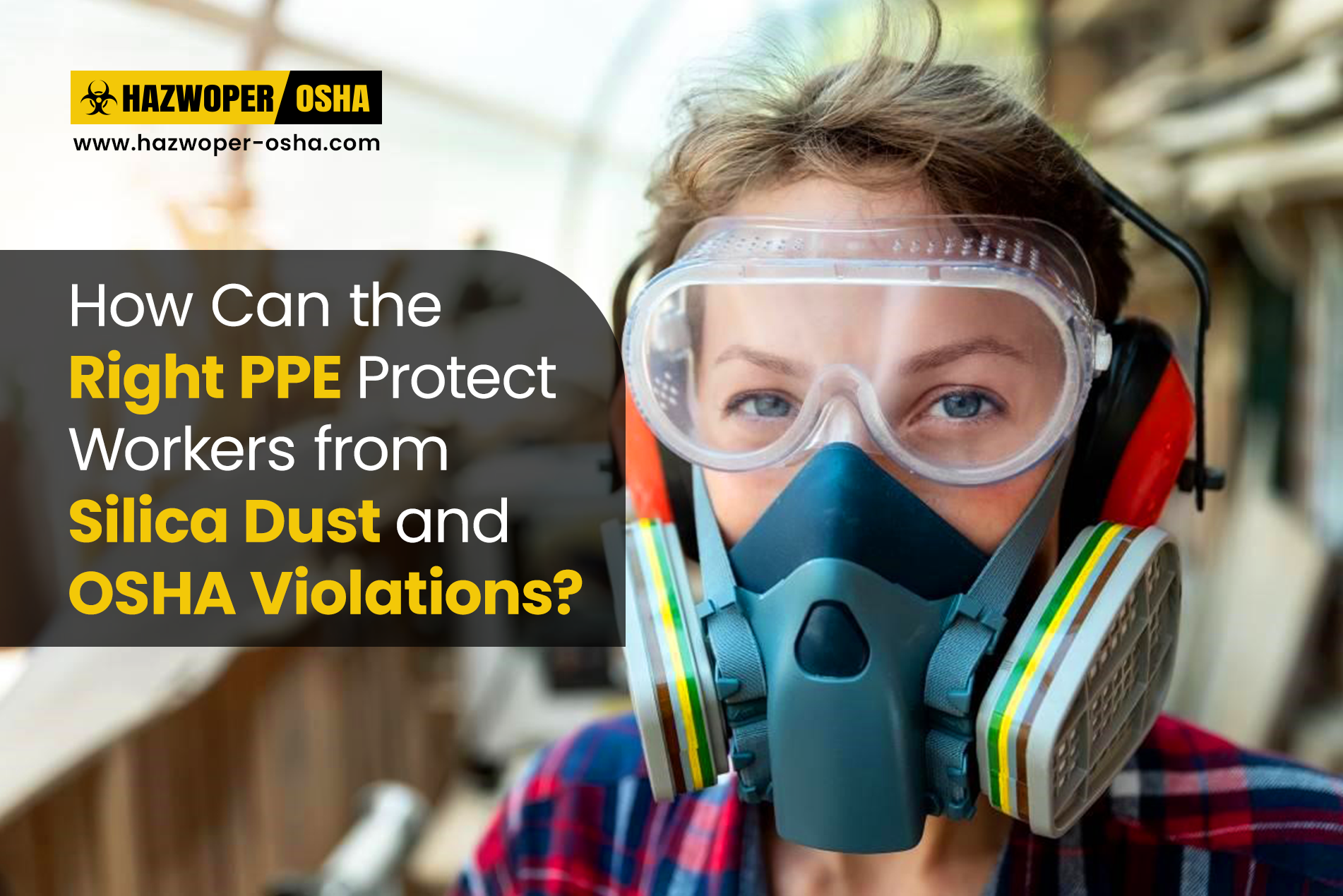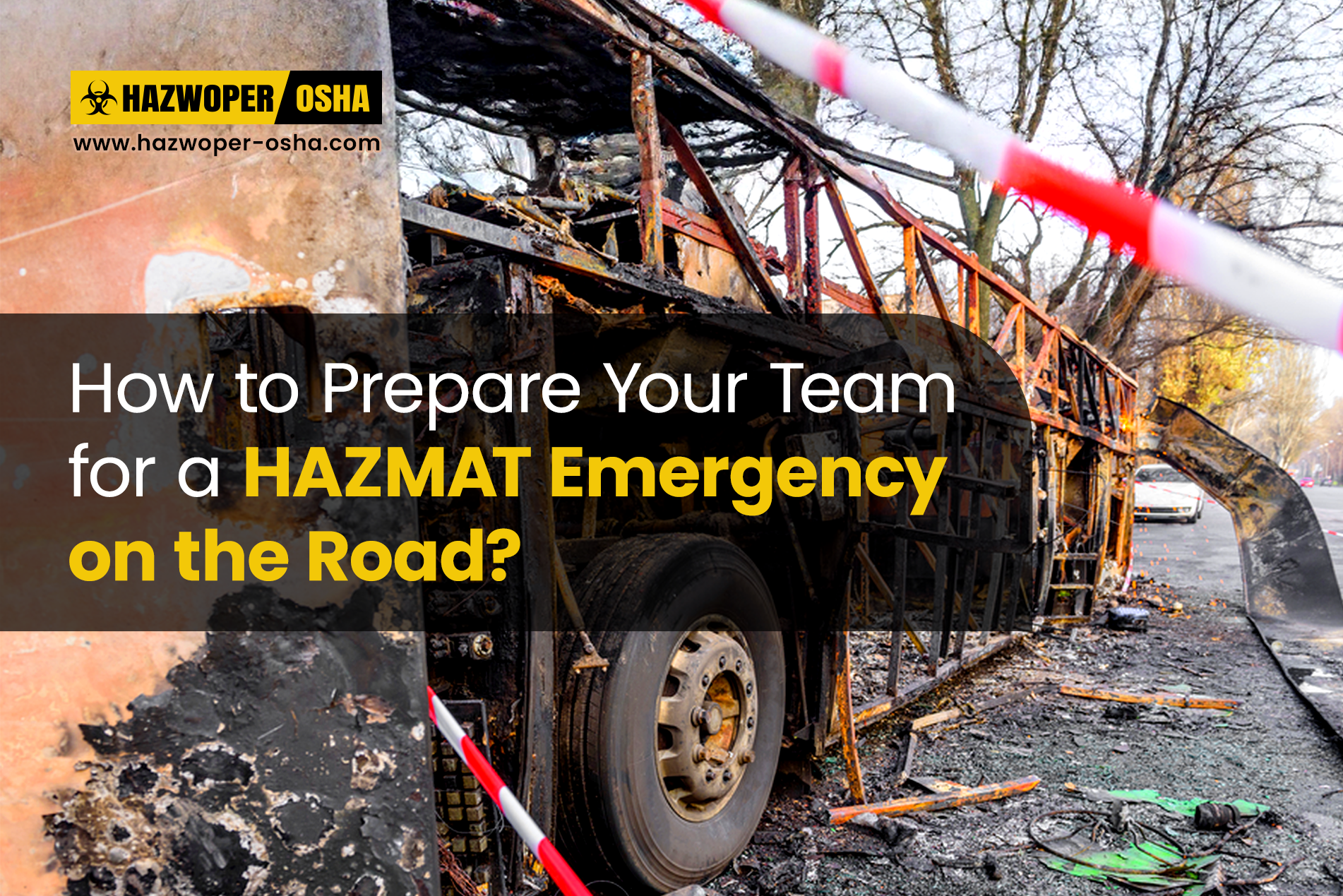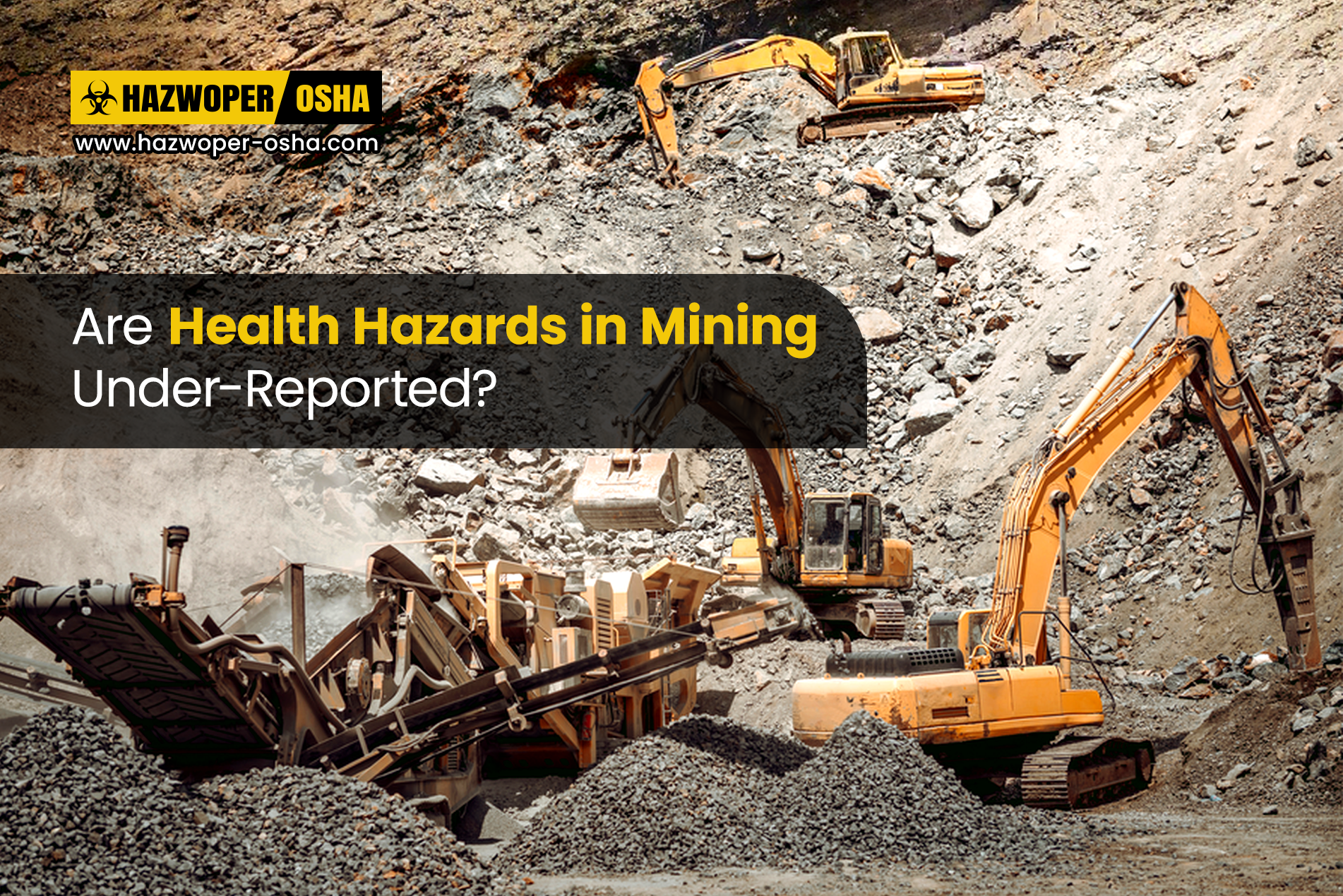How to become an OSHA's Competent Person?

Introduction:
In the United States, regarding workplace safety, OSHA received more than 370,000 reports related to injuries and illnesses in 2024 alone. To prevent these incidents in the workplaces, we need an OSHA Competent Person who is authorized and trained to notice the hazards instantly and correct them before they turn into major incidents. To become a Competent Person, one needs more than knowledge of regulations; the person should have hands-on experience, commitment to keeping workers safe every day, and sound judgement. If you are a worker, safety professional, or a supervisor, understanding how to become an OSHA Competent Person can lead to a role with greater responsibilities and contribute to workplace safety. So if you desire to become an OSHA Competent Person to advance your career keep reading our blog post to learn the steps and skills required to step in to this critical role.
What are the Common Myths About Becoming Competent Persons?
When it comes to becoming a competent person, there are quite a few popular myths surrounding it. In the face of these myths, workers might not properly prepare for the role of a competent person, and even employers might undervalue the importance of a competent person for their worksite. Let's debunk some of these myths and share actual facts.
1. With Minimal Training, you Can Become a Competent Person:
Some people have this misunderstanding that with only minimal training, you can become a Competent Person. But in fact, to become an OSHA Competent Person, you need proper in-depth knowledge to recognize the hazards and tackle them correctly. So you can get some education from basic training, but to fulfill this role, you need in-depth hazard-specific education.
2. Having Only Work Experience Qualifies You:
By understanding the reality behind these myths, aspiring competent persons can develop realistic expectations about the role. The role of a Competent Person needs dedication, effective training, practical experience, and communication skills.
3. The Competent Person Only Enforces Safety Rules
Another common myth is that the role of the Competent Person is to only enforce the safety rules. But in reality, a Competent Person is all about the development of a safety culture that helps in promoting safe work practices, workers' education, and team management. A Competent Person needs to have strong leadership and communication skills to effectively communicate safety protocols to the team.
4. With Certification, You Can Become a Competent Person Instantly:
There is another misconception that after earning your certificate, you will become Competent instantly. While having a certificate validates your formal training, you need practical hands-on experience that comes with working.
By understanding the reality behind these myths, aspiring competent persons can develop realistic expectations about the role. The role of a Competent Person needs dedication, effective training, practical experience, and communication skills.
How Can You Become an OSHA Competent Person?
To become an OSHA Competent Person, you must follow a structured process. The following step-by-step guide outlines the essential steps to qualify as a Competent Person and fulfill this safety role at your worksite.
- Gain Relevant On-the-Job Experience: Work in the specific role or industry long enough to become familiar with its daily operations, potential hazards, and safety procedures. This first-hand exposure will help you recognize and respond to hazards effectively.
- Finish Formal Training: Enroll in the OSHA-Approved Competent Person Training focused on hazards specific to your worksite, such as rigging, scaffolding, and excavation. The training will provide you with both regulatory knowledge and practical application.
- Get your Certificate: After completing your training, obtain your certificate from a recognized provider.
- Administer Your Knowledge Onsite: Apply your knowledge onsite by performing tasks such as workplace inspections, hazard identification, and implementation of corrective actions under supervision when necessary.
- Present Your Case to Your Employer: Since OSHA requires the employer to designate a Competent Person, you must demonstrate to management that you have the necessary training, experience, and leadership skills to take on the role.
- Keep on Learning: OSHA regulations and best practices keep on changing, so it’s important to stay updated with current standards.
- Communicate and Lead: Being a Competent Person, you will be the point of contact for safety at your worksite, so it is important to develop leadership and communication skills to perform your role effectively.
What Skillset Do You Need to Become a Competent Person?
To become an OSHA Competent Person, you need a special combination of practical experience, technical knowledge, and interpersonal skills as well. Critical thinking and decision-making skills are helpful in evaluating complex scenarios at worksites and take action swiftly. By using critical thinking, you can better analyze the worksite conditions, tackle the possible problems, and make decisions regarding the preventive measures more effectively. With the help of sharp decision-making skills, you can choose the best training for you, act under pressure, take effective safety measures, and make plans for unexpected challenges. Strong communication skills help you to clearly convey the safety concerns, address hazards properly, and influence coworkers. Lastly, active listening and problem-solving traits are helpful in developing trust within the team and performing your duties more effectively.
How to Choose the Right Training Provider for You?
When you choose the training provider, follow these criteria:
- The course provider must be a recognized and OSHA-authorized organization so that the training is in accordance with OSHA's standard.
- Check the training provider's reviews to see the experience of past learners regarding the courses, expertise of instructors, and the whole experience.
- Check the resources offered by the training providers, including study materials, practical assessments, and guides to assist you in preparing for the final exam.
- Check if the course provider is offering a valid certificate that is recognized and accepted by the relevant regulatory bodies.
If you are an employer who is seeking training for your team, consider the following things:
- Opt for a training provider that offers training in various formats, such as online, onsite, and virtual Instructor-Led, to cater to the needs of various employees at different locations and time zones.
- In case you own a Learning Management System (LMS), get SCORM-compliant safety packages to integrate the courses smoothly and manage the training of your employees in-house without any hassle.
- In case your team needs courses for specialized and overlapping roles, we can help you by providing bespoke solutions. We take your requirements and design training to accommodate your specific industrial and regulatory needs.
How to Convince Your Employer to Designate You as a Competent Person?
Within various industries, OSHA mandates having designated Competent Person on-site to supervise the safety-related tasks, including scaffolding, trenching, drilling, etc. With no designated Competent Person, the Employer might face compliance violations and even halting of work activities.
What are Your Legal Responsibilities as a Competent Person?
You will have the following legal responsibilities as an OSHA Competent Person:
- Identification and Correction of Hazards: You must actively identify the hazards in your operations and take swift corrective measures. Failure to do so increases legal liabilities for you and your employer.
- Authority to Act: You have the authority to halt unsafe work until conditions become safer. This power ensures OSHA compliance and the safety of the workers.
- Compliance with Regulatory Standards: You must enforce OSHA regulations at your worksite and stay updated with any changes in the standards.
- Documentation and Communication: You need to document incidents, safety inspections, and corrective actions taken. As a part of your duties, you have to clearly communicate hazards and safety protocols.
Keep yourself professionally and legally safe by:
- Know your limits and work within them. Never make a decision outside your competence level, and consult a qualified expert or supervisor when needed
- Record your training, hazard identification, inspections, and corrective actions taken. Records are critical in showcasing your diligence if safety issues arise.
- Make sure you stick to your employer's safety programs and policies while fulfilling your obligations as a competent person.
- Take regular refresher training and stay updated with OSHA standards to stay competent and lower the risks of errors and mishaps.
- Always communicate clearly by reporting the hazards and other safety concerns instantly, and document your findings. By being transparent, you can support the safety-first culture and stay safe if an incident happens.
In the end, your role as a competent person is a huge and serious responsibility.
Conclusion:
To become a seasoned OSHA Competent Person, you have to go beyond just fulfilling the bare minimum requirements; you need in-depth knowledge of the unique hazards regarding your worksite. Your expertise in your specific domain, such as confined spaces, excavation, fall protection, scaffolding, and silica exposure, is essential in recognizing the risks and taking timely corrective actions. To acknowledge this, we are offering a range of focused training programs to let you build the exact skill sets required for every critical safety discipline. We are offering comprehensive courses such as:
- OSHA Competent Person for Excavation, Trenching, and Shoring Training
- OSHA Competent Person for Confined Spaces Training
- OSHA Scaffolding Erection and Inspection Training for Competent Person
- OSHA Competent Person for Fall Protection Refresher Training
- OSHA Competent Person for Basic Rigging and Inspection Training
- OSHA Competent Person for Fall Protection Training
- OSHA Competent Person for Silica Training
- OSHA Scaffolding Erection and Inspection Training for Competent Person
These courses are made to equip you with the regulatory knowledge and the practical tools to lead with confidence. As you become a Competent Person, you can stay compliant with regulations, keep your team safe, and develop a safer culture. Remember that ongoing and specialized learning is the only way to set a competent person from an incompetent one.
References:
Velocity EHS, 05/14/2025, Key Insights from OSHA 2024 Injury and Illness Data, https://www.ehs.com/2025/05/key-insights-from-osha-2024-injury-and-illness-data/

 EN |
EN |  ES
ES